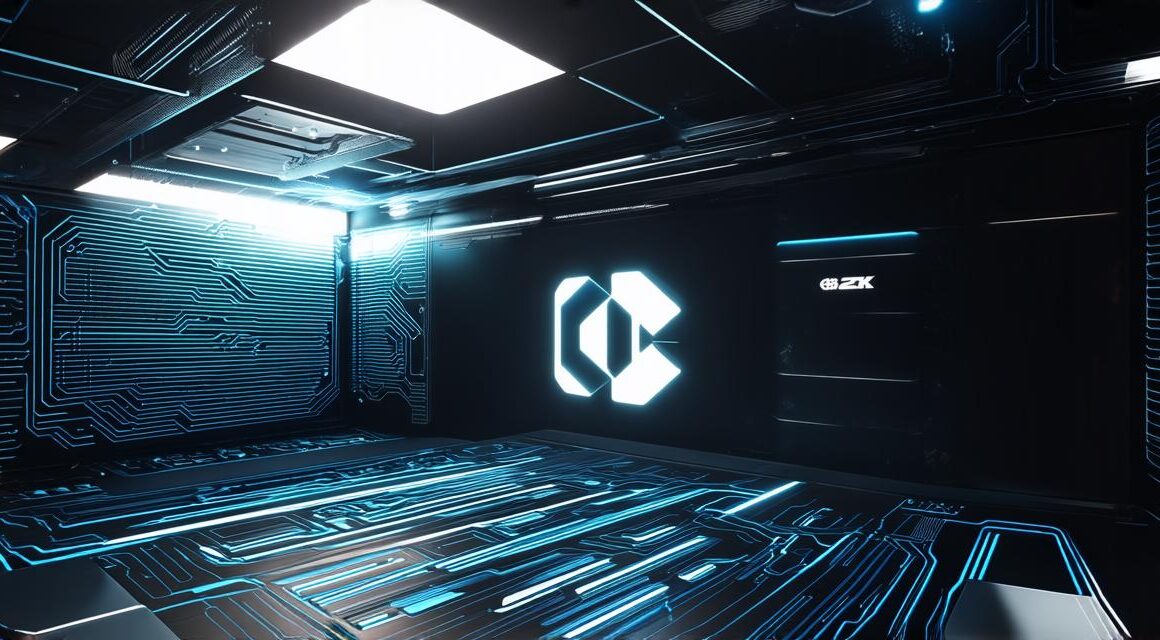Here’s the corrected HTML code for the article:
In Unity 3D, there are several types of colliders to choose from, each with its unique characteristics and applications. Here’s a brief overview:
- Sphere Collider: Ideal for objects with round shapes like balls or planets. It can be used to create a variety of interactive elements such as power-ups, obstacles, or enemies in games.
- Box Collider: Suitable for rectangular or cuboid objects like blocks, crates, or buildings. This collider is often used to define the boundaries of game levels or create destructible environments.
- Capsule Collider: A combination of a sphere and a cylinder, it’s perfect for objects with a cylindrical base and a spherical top, like characters or certain types of enemies. It allows for more accurate collision detection than a sphere collider when the object is not perfectly round.
- Mesh Collider: This advanced collider automatically generates colliders based on the mesh of an object. It’s ideal for complex shapes that can’t be easily represented by simple geometric shapes. However, it may require additional tuning to ensure optimal performance.
Colliders and Gameplay Mechanics
Colliders play a crucial role in implementing various gameplay mechanics such as:
- Physics Interactions: Colliders enable objects to react realistically when they collide with other objects, creating a sense of immersion and interactivity.
- Triggers: Triggers are special types of colliders that don’t affect physics but can be used to activate events or change game states when an object enters or exits their area. For example, a trigger could open a door when the player approaches it.
- Raycasts: Raycasts are used to detect collisions between a ray and objects in the scene. They’re essential for implementing features like line-of-sight mechanics, targeting systems, or interactive UI elements.
Optimization Techniques
To ensure smooth performance in your Unity 3D projects, consider these optimization techniques when working with colliders:
- Reduce Collider Complexity: Simplify complex shapes by using fewer vertices and faces, or use a more appropriate collider type.
- Disable Rigidbody on Inactive Objects: Disabling rigidbodies on objects that are not currently in use can help reduce the number of physics calculations, improving performance.
- Use Layers for Collision Masking: Organize your game objects into layers and apply collision masks to control which objects collide with each other, reducing unnecessary calculations.

In conclusion, mastering Unity 3D colliders is essential for creating engaging, interactive game environments that captivate players.



